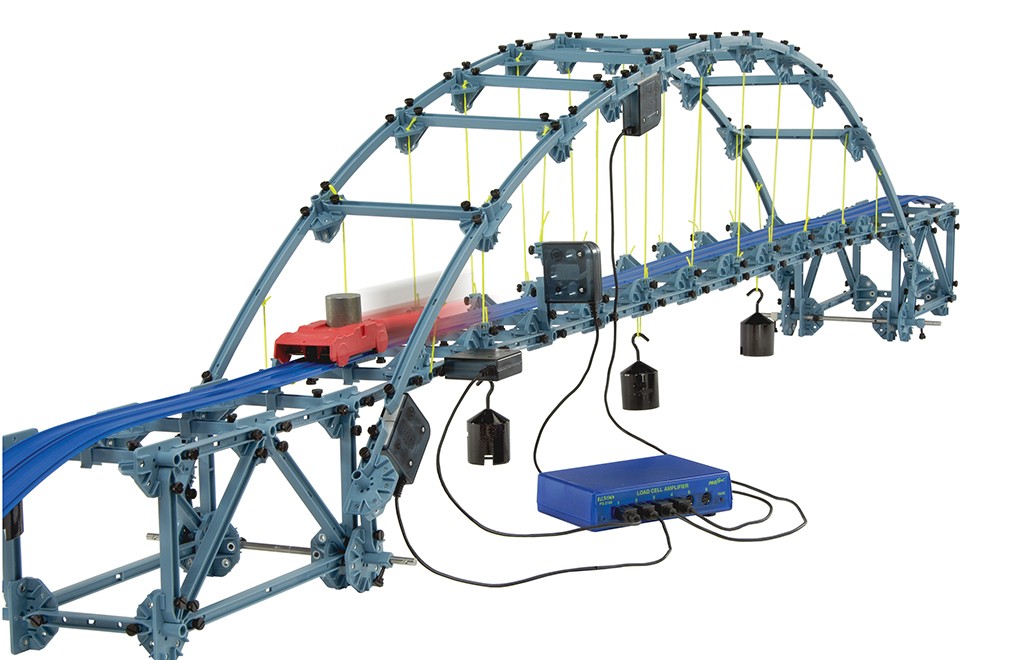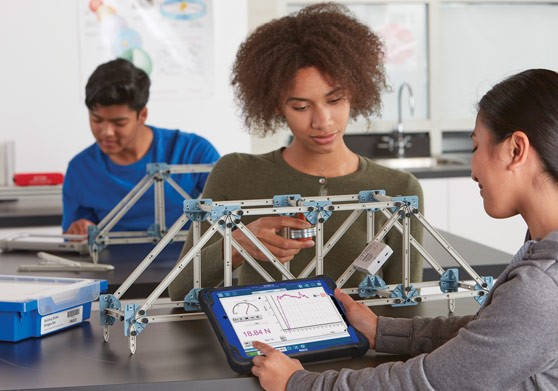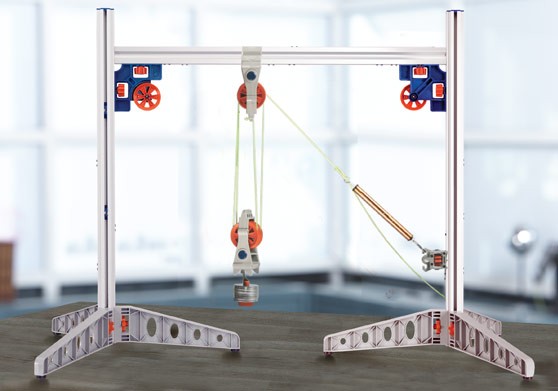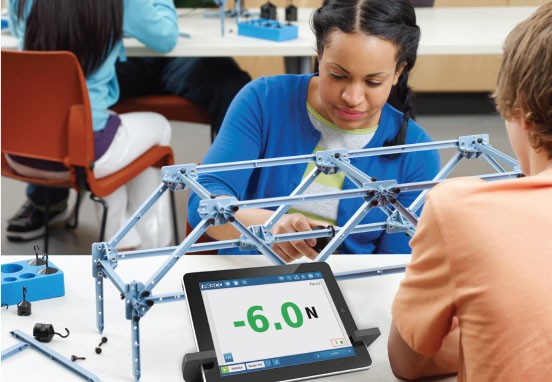
A Future Driven by STEM
As digital natives, today’s students are comfortable exploring new technology, yet many continue to struggle with mathematics and science standards. STEM (science, technology, engineering, and math) education prepares modern learners for a future rich in information and technology by engaging them in the exploration of natural phenomena.
Engaging students of all ages in STEM learning cultivates a range of technical and soft skills, including critical thinking skills, problem solving, perseverance, design thinking, collaboration, computational thinking, and creativity. Effective STEM activities integrate standards into open lessons within the context of real-world phenomena. Students usually begin with an introductory lesson that relates STEM to a real-world problem. Then, they’re asked to solve the problem using a variety of methods, including research, collaboration, inquiry, and testing. These real-world challenges encourage students to act as scientists as they research the issue, form an understanding, develop a solution, test, fail, collaborate, and succeed. Whether they’re programming, building, or measuring, STEM invites students to transition from observers to active participants in the learning process.
Featured STEM Solutions
STEM Modules: Engineering Challenges
Each of these discrete modules challenges students to combine science, technology, engineering, and math concepts in pursuit of a solution to the identified challenge. Each module:
- Is guided by the national standards
- Incorporates a problem-based learning approach, emphasizing inquiry
- Incorporates both independent and collaborative work
- Includes both formative and summative assessments
- Features an engineering design challenge as the culminating project
Each module is centered around an open-ended engineering challenge that invites students to design, construct, and implement a realistic solution. These challenges are based on fundamental science phenomena and simulate realistic problems that a modern engineer may encounter, with similar design constraints.





